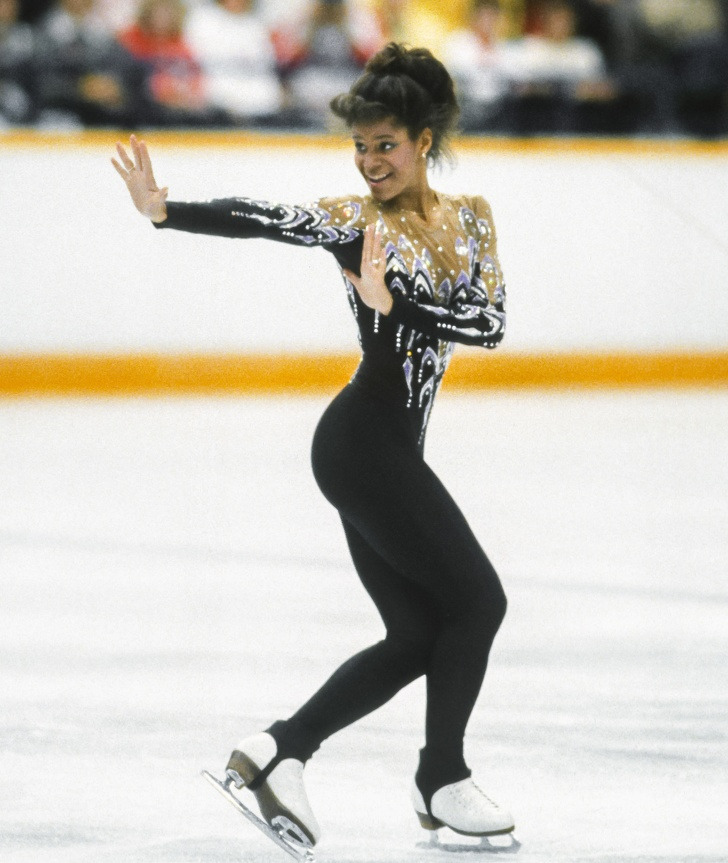13 Controversial Facts About Figure Skating Hiding Behind the Pretty Picture
Figure skating is one of the most spectacular, colourful and popular sports amongst a wide range of audiences. But no matter how glamorous and colourful the world of figure skating may seem from the outside, there are more pitfalls than you might think at a glance. Viewers only see the pretty picture, but few realize the secrets hidden behind it.
Here at CHEERY, we decided to find out what strict rules athletes must follow, and what secrets remain hidden from the eyes of the general public.
“Fat doesn’t fly”
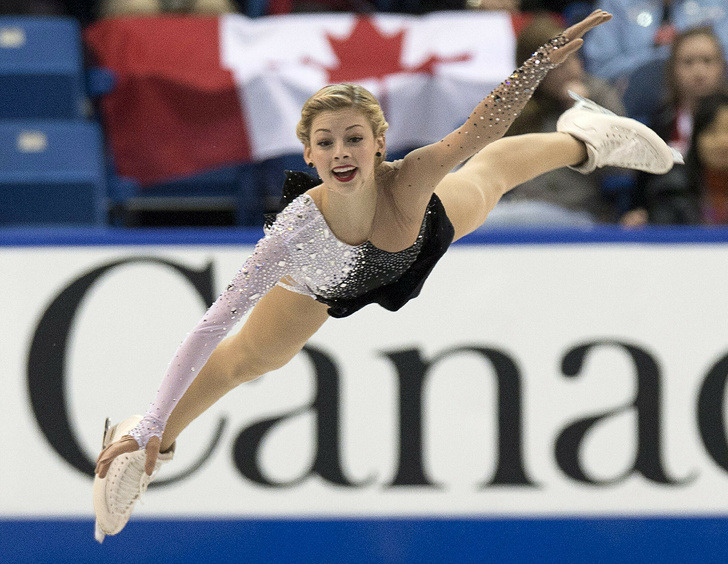
Figure skaters not only have to ensure flawless technique and train for several hours every day, but they also have to keep their bodies in perfect shape. They have to monitor their weight and follow a strict diet. The fear of gaining weight and losing their perfect form can become a real phobia for many female athletes. Tara McDougall, a former figure skater, still remembers a phrase casually thrown by a high-class coach: “Fat doesn’t fly”.
Former Olympic champion Elizabeth Manley admits to being offended by the fact that, during competition, commentators or media would always draw attention to the fact that she had lost a lot of weight and now looked great. She would get understandably frustrated, and wonder “Why can’t you just focus on my triple lutz [or] the great skate?” And even after she retired from the big sport, she noted that she still thinks about her weight all the time and believes this will be the case forever.
Figure skaters wear special pads for their buttocks
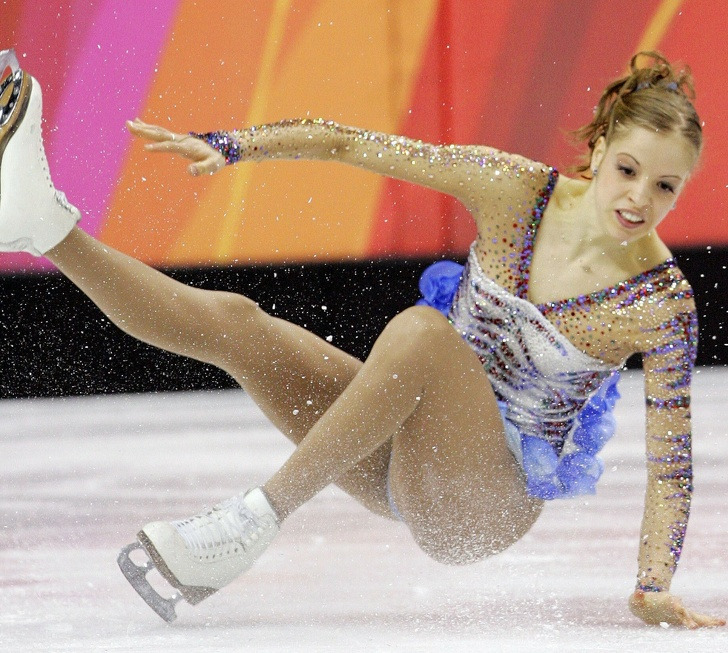
During training, figure skaters must be prepared to fall regularly. As a rule, learning new jumps will require you to constantly fall onto your buttocks. Over and over again. Of course, it’s not a very pleasant experience, so professional athletes try to protect themselves, at least a little bit, from the pain. For this reason, they wear special buttock pads that cushion the impact of the fall. These pads are usually sewn into shorts.
Many female athletes make their legs appear visually longer
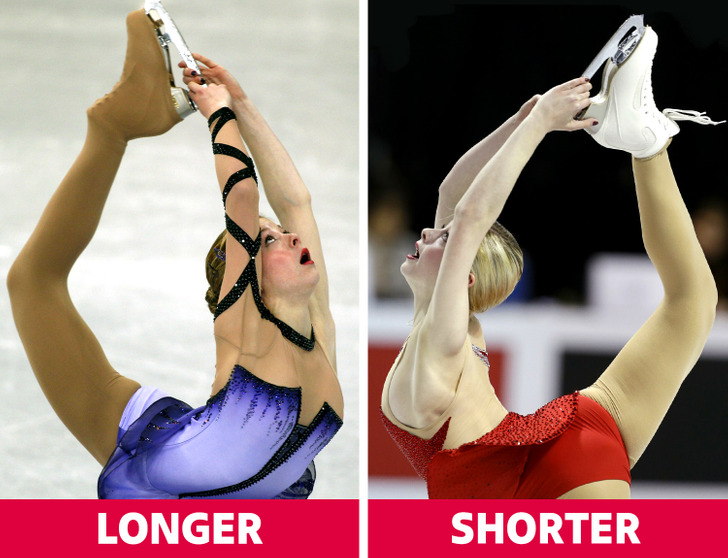
For the most part, figure skaters are quite petite people, both in weight and in height, so sometimes they want to add a few inches to make their legs seem longer. To do this, they use a professional trick — during performances, they wear tights directly over their skates. The fact is that if you put your skates on over your tights, then visually, the legs will look shorter. But the overall harmony and aesthetics is still a prominent component in figure skating, forcing female competitors to be extra aware of their appearance.
By the way, what we call “tights” are actually leggings. They are made of durable, stretchy spandex, which can withstand falling on the ice and rubbing against the skates. But skaters can wear tights underneath their leggings for extra warmth.
Underwear must be completely concealed
In competition, underwear must remain completely hidden under leggings and skirts. So, when performing even the most difficult elements of the programme, skaters have to make sure that their outfit doesn’t show something more than intended. Therefore, female skaters will often fix their “underwear” in such a way so it stays in place. They use heavy duty elastic at the leg hole openings, and some even sew them onto their tights.
Male figure skaters also have their tricks. So that the shirt doesn’t become untucked after lifting their arms, athletes wear special underwear, which is connected to the shirt. Kind of like a bodysuit.
Female figure skaters have a very strict dress code
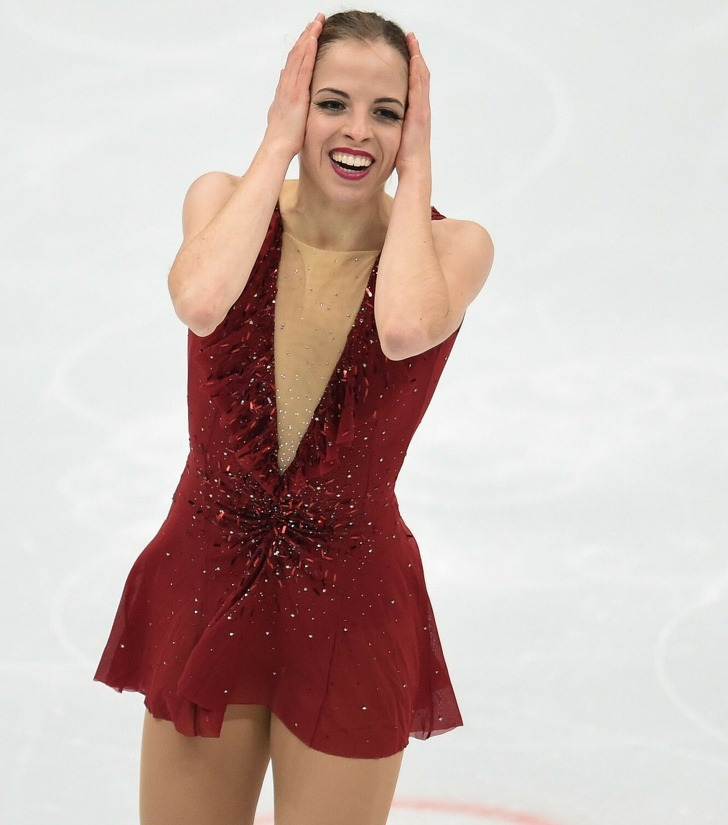
At a glance, it may seem that figure skaters wear daring outfits, but the reality is that athletes are constrained by a huge number of costume-related rules. In 1988, a ruling was made that required female competitors to wear a skirt that covered their hips and buttocks as well as to cover their stomachs.
The ban was lifted in 2003, and since then girls are simply advised to choose outfits appropriate to the situation. The new set of rules states that when athletes compete, their clothing should be modest, dignified and appropriate for sport, not flashy or overly theatrical. Also, they must not create the effect of excessive nudity, which would be inconsistent with a disciplined character. Violations result in a deduction of points.
Full body suits and trousers are not forbidden, but aren’t welcome, either
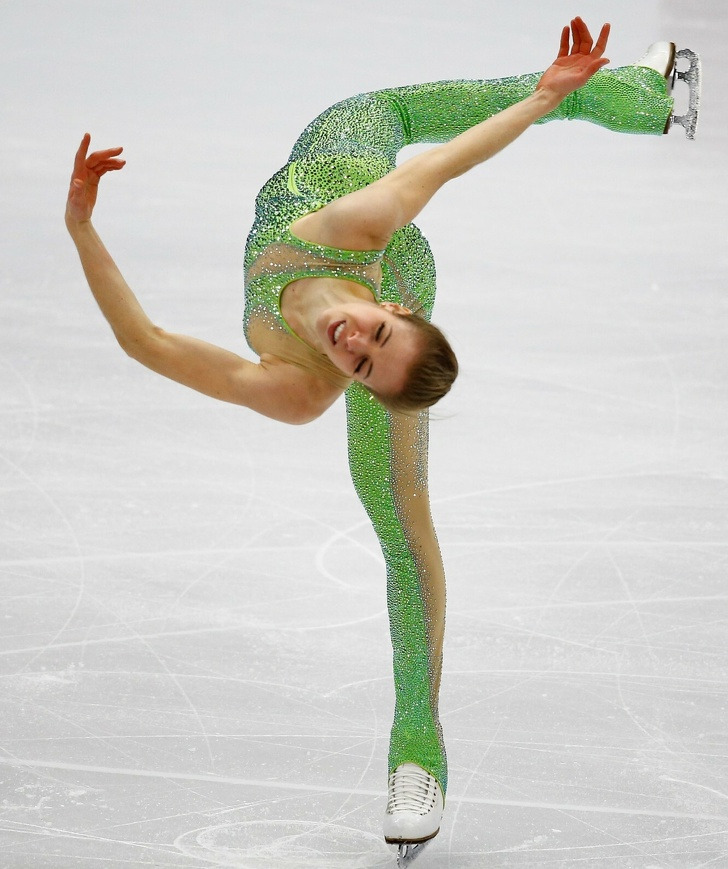
You might have wondered why we so rarely see female figure skaters performing in trousers. The reason is that back in 1988, a skater named Debi Thomas offended the judges with her outfit by showing up on ice wearing nothing but a black full-body unitard. This put a temporary ban on such daring — in the judges’ opinion — female costumes.
Yes, in the 21st century this ban was lifted, but figure skating remains a rather conservative and traditional sport, and girls simply don’t want to risk displeasing the judges and losing points for the sake of experimenting with their outfits.
Men aren’t allowed to wear tights
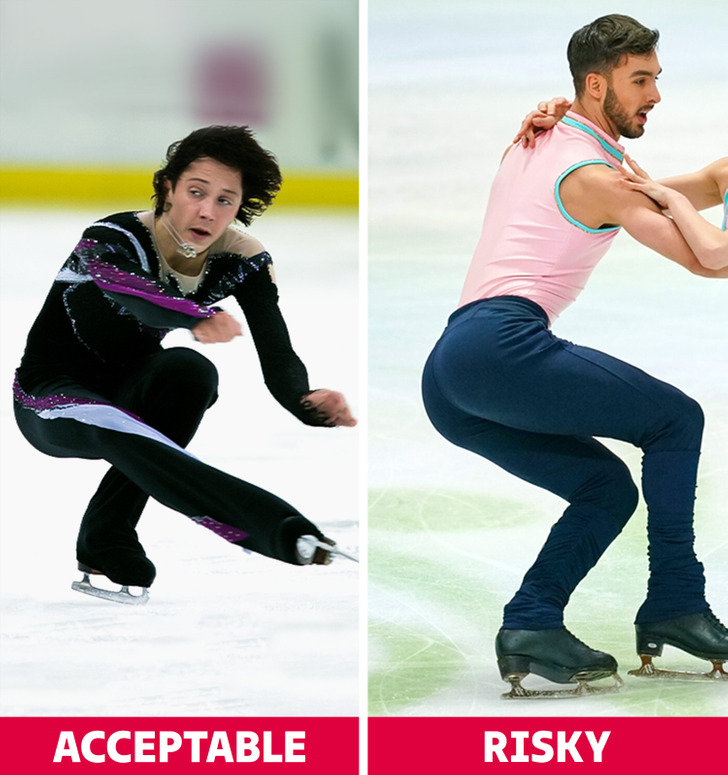
Men, too, have their own strict dress code, the main rule being: no tights or leggings. Male figure skaters may wear tapered trousers, but if they’re too tight, it will result in a point deduction. However, there is no official explanation for this rule and the international union has left journalists’ enquiries about it unanswered.
A wrong outfit can cost the athletes a medal
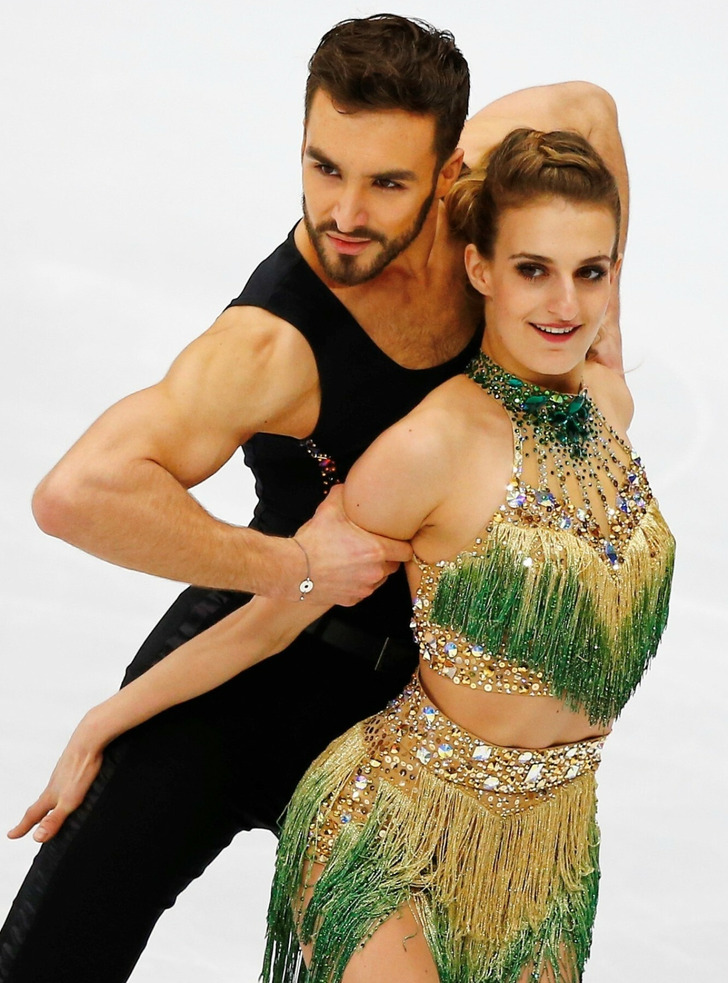
Despite the various bans and restrictions, figure skaters are often allowed to express themselves with costumes. However, the main trick here is not to go overboard with decorations and accessories. The trouble is that if any part of an athlete’s costume falls onto the ice, they will lose points. This applies not only to pieces of fabric or hairpins, but even beads and rhinestones. Despite all precautions, these things do happen on ice, and they come at a very costly price for the athletes.
For example, for the representatives of France at the 2018 Olympics, a costume malfunction cost them the gold. Unfortunately, Gabriella Papadakis’ top became undone at the neckline and showed the audience and judges much more than she intended.
Beware of the “Biellmann spin”
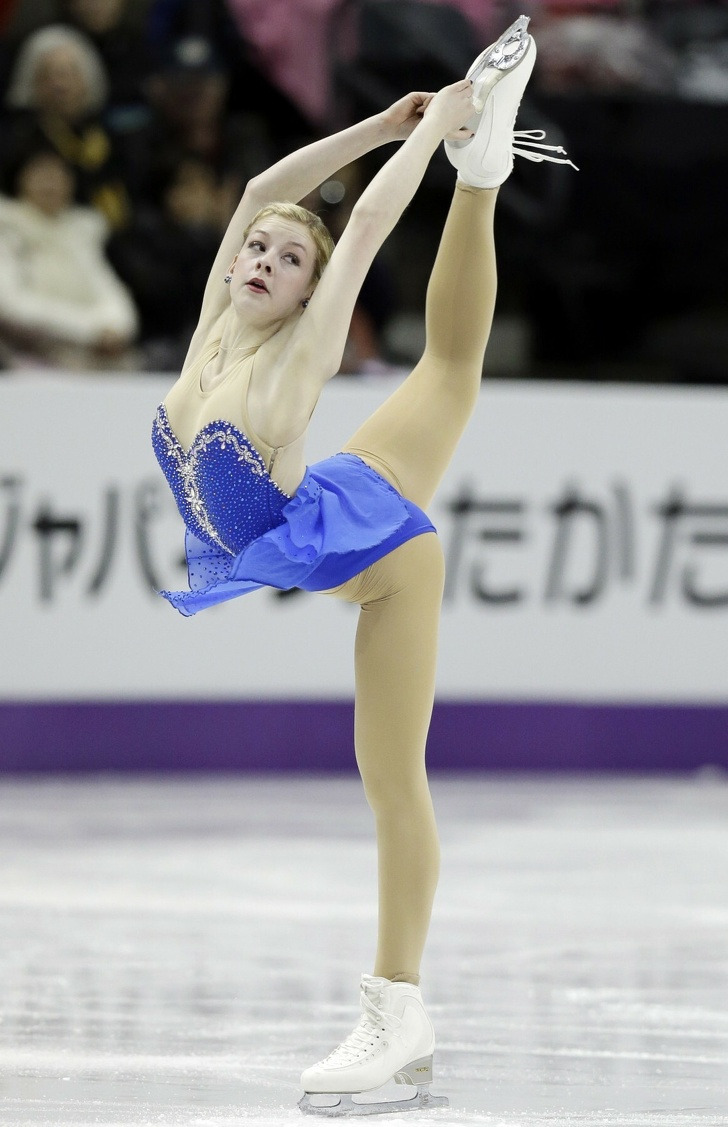
There is one move that can most often lead to a sudden wardrobe embarrassment: the “Biellmann spin”. This is when a figure skater leans back, lifts one leg, grasps the skate above their head with both hands and spins rapidly. It looks very spectacular and elegant from the the audience’s viewpoint, but for an athlete, this move can turn into a disaster.
The wide stretch and centrifugal force of the spinning often cause the costume to slip down and expose the chest. All-the-while, the figure skater is spinning so fast that she simply doesn’t notice it. So, there’s an unwritten rule among athletes: “Beware of the Biellmann spin”.
Figure skaters wear a different type of skate
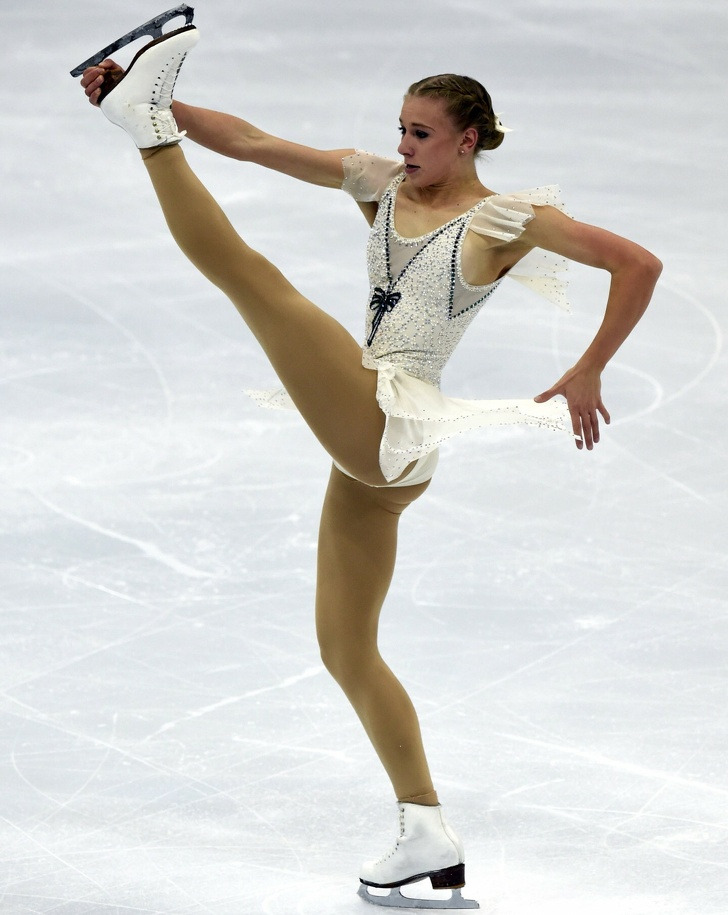
The figure skaters’ skate blades are much thinner than those of regular ones, so it takes great skill to step out in them on ice. In addition, athletes must always land on the right side of the blade after completing each trick, otherwise they will fall.
Unfortunately, these perfectly constructed skates wear out incredibly fast. After about 6 months the blades become flat due to friction and high speeds. Also, many skaters wrap their skates in skate tape. This is to protect the footwear from damage and to preserve its appearance. However, some skaters only wrap around the lacing area to avoid falling due to untied laces.
Figure skaters have a ton of make-up tricks up their sleeves
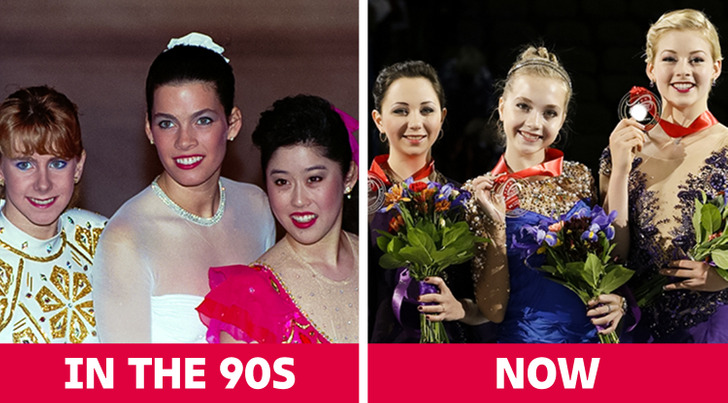
When skaters go out on the ice, the first impressions are extremely important. So, hair and make-up can be a tremendous asset in catching the audience’s attention. That’s why many athletes master the art of make-up to perfection. Here are just a few tricks from the pros’ arsenal:
- To make your bun look smooth, you can use a near-invisible hairnet.
- To hold their hair in place, female athletes prefer to use special hairpins, that look like small screws. Apparently, just two of these pins can replace 20 traditional ones.
- Often figure skaters will use waterproof makeup that will hold up in the bright spotlights, and won’t run in case of sweat. It’s also very important to use a makeup setting spray.
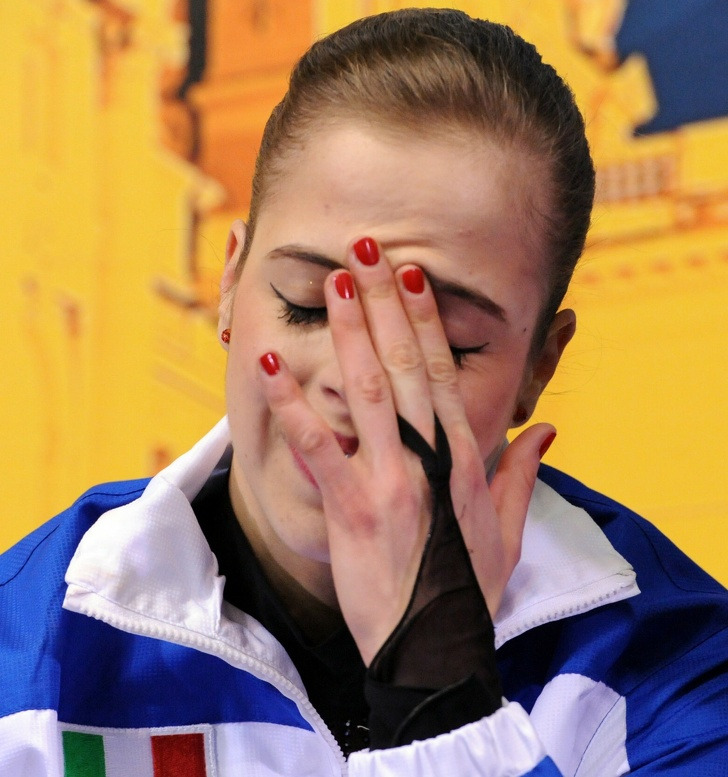
- To keep lipstick colour vibrant, apply foundation first, then lipstick, and finally dab your lips with a tissue.
- If your look requires long hair, use as much hair spray as possible, to set it in place.
Though we can honestly say that nowadays figure skaters’ makeup has become much more natural, if we compare it with the makeup of athletes in the 80s and 90s. Also, today, people pay much more attention to the quality of their skin.
After 20 it’s too late
Some tricks can only be performed well at a certain age. For example, triple and quadruple axels are difficult to perform after you centre of gravity changes through puberty. And in general, many moves are only easy to perform by young athletes; the older they get, the harder they have to try. Here’s what an Olympic USA figure skater had to say about this:
“Before you go through puberty or you grow, [your jumps] come really easy and you learn them fast because you’re tiny and you can fall really hard and it doesn’t affect you. Then when I grew, my legs got longer and everything changed”.
As a result, the 25-year-old figure skater is considered to be quite old for the sport.
Figure skating is very expensive
Figure skater Nancy Kerrigan in a costume by the designer Vera Wang
It takes a lot of money to become a top level figure skater. For example, parents of young athletes must be prepared to shell out between $35,000 and $50,000 a year to prepare their child for professional competition. Ice skating lessons can cost from $65 to $120 per hour, and some outfits can cost up to $5,000.
Do you like figure skating? Which do you prefer — pair skating, or singles?
